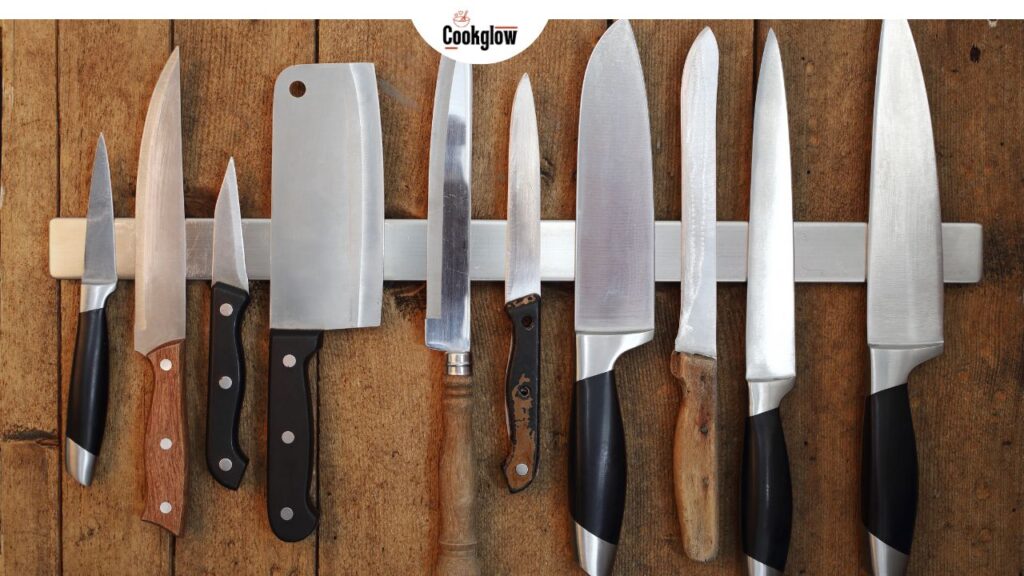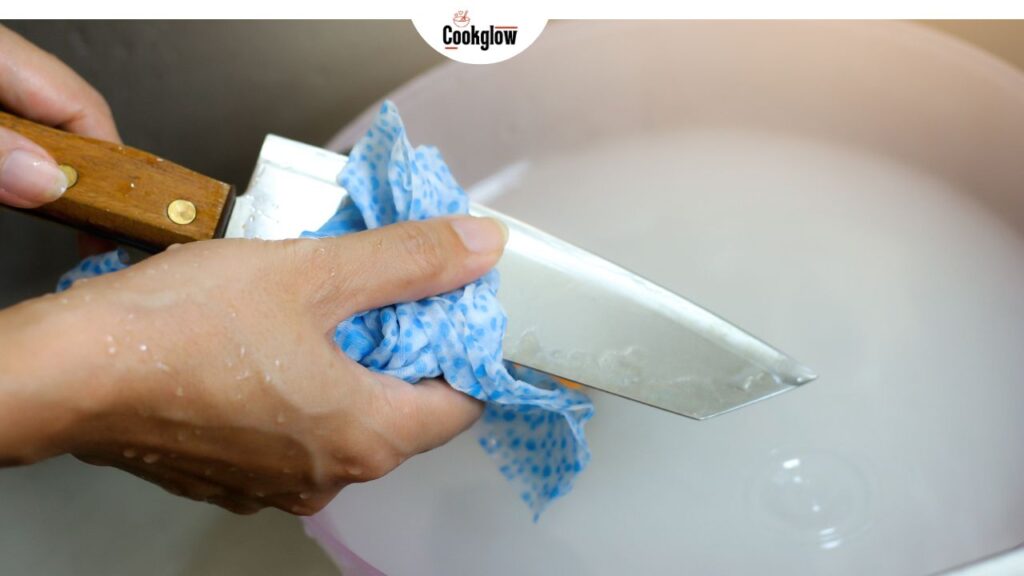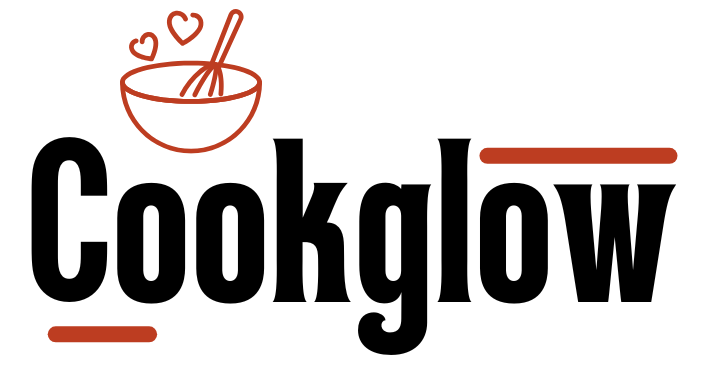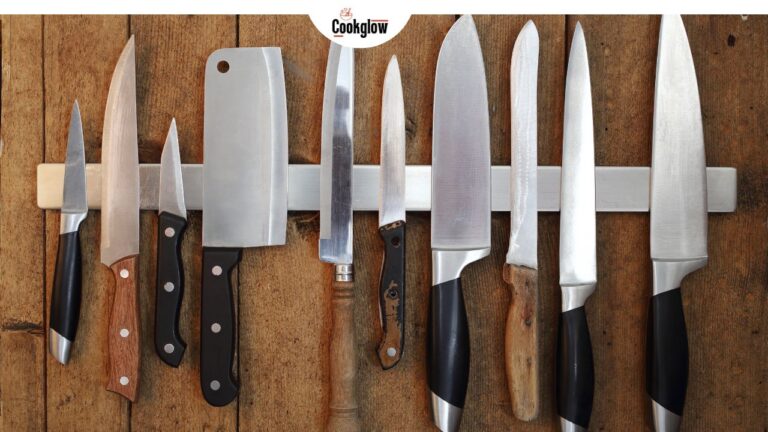
If you’ve ever come across Kamikoto knives, you’ve probably seen their sleek packaging, elegant wooden boxes, and premium-looking craftsmanship. They’re marketed as high-end Japanese steel knives with exceptional quality, but the big question remains—are Kamikoto knives good?
I’ve spent years using and testing different knives in the kitchen, from budget-friendly options to premium Japanese and German blades. With all the buzz around Kamikoto, I decided to take a deep dive into their craftsmanship, performance, and whether they truly live up to the hype.
In this guide, I’ll break down everything you need to know about Kamikoto knives—what makes them unique, how they compare to other brands, and whether they’re worth your hard-earned money. If you’re considering buying a Kamikoto knife or just curious about the brand, keep reading to get the full picture.
Contents
Kamikoto Knives Overview
The History and Background of Kamikoto
Kamikoto markets itself as a brand deeply rooted in Japanese craftsmanship, emphasizing traditional forging techniques and high-quality materials. They claim to use Honshu steel, a type of steel sourced from Japan, and promote their knives as premium, long-lasting tools designed for professional chefs and home cooks alike.
However, there’s a bit of controversy surrounding the brand. Unlike traditional Japanese knife makers like Shun, Miyabi, or Global, Kamikoto does not have a long, well-documented history of forging knives in Japan. While their marketing highlights Japanese heritage, many of their manufacturing processes reportedly take place in China, raising questions about their authenticity as a purely Japanese knife brand.
Where Are Kamikoto Knives Made?
One of the biggest points of confusion about Kamikoto knives is their manufacturing origin. While the company states that they use Japanese Honshu steel, the knives themselves are produced in China. This isn’t necessarily a bad thing—many high-quality knives are made in China—but it does challenge the perception that Kamikoto knives are truly “Japanese-made.”
If you’re looking for a knife brand with 100% Japanese manufacturing, alternatives like Shun, Masamoto, or Sakai Takayuki might be a better choice.
Kamikoto’s Knife Collections
Kamikoto offers several knife sets and individual blades, each with a minimalist design and a focus on single-bevel edges—a characteristic commonly found in traditional Japanese knives. Some of their most popular offerings include:
- Kamikoto Kanpeki Knife Set (includes a 7-inch Nakiri, an 8.5-inch slicing knife, and a 5-inch utility knife)
- Kamikoto Santoku Knife (a 7-inch general-purpose knife)
- Kamikoto Chuka Bocho Cleaver (a Chinese-style cleaver with a heavy, rectangular blade)
Each knife comes packaged in a sleek ash wood box, enhancing the brand’s premium aesthetic.

Craftsmanship and Design
Blade Construction and Material Quality
One of the biggest selling points of Kamikoto knives is their use of Honshu steel, which the company claims is sourced from Japan. The blades are single-bevel, meaning they are sharpened only on one side, similar to traditional Japanese knives used by sushi chefs.
However, unlike many high-end Japanese knives that use premium steel types like VG-10 or SG2, Kamikoto knives are often compared to 420J2 steel, a softer stainless steel that prioritizes corrosion resistance over extreme sharpness. While this makes Kamikoto knives rust-resistant and easy to maintain, it also means they may not hold an edge as long as true high-carbon steel knives.
Handle Ergonomics and Usability
Kamikoto knives have a simple, minimalist handle design, often made from G-10 composite or resin-coated wood. The handles are comfortable, but they lack the intricate craftsmanship of brands like Shun or Miyabi, which often feature detailed wood grain or riveted designs for extra grip.
The knives feel hefty and well-balanced, making them easy to control during cutting tasks. However, for those used to lightweight Japanese knives, Kamikoto’s slightly bulkier build may take some getting used to.
Traditional Japanese Single-Bevel Edge – Benefits and Limitations
Kamikoto knives are single-bevel, meaning they are sharpened only on one side. This design is ideal for precision slicing, commonly used in traditional Japanese cuisine. However, it comes with a few drawbacks:
✅ Pros:
- Allows for ultra-precise cuts, great for slicing fish, vegetables, and meats.
- Easier to sharpen for those familiar with single-bevel knives.
❌ Cons:
- Not as versatile for general kitchen use (double-bevel knives are better for everyday cooking).
- Can be challenging for left-handed users since they are primarily designed for right-handed use.
Performance and Sharpness
Initial Sharpness Out of the Box
When you first unbox a Kamikoto knife, the sharpness is decent but not extraordinary. It’s sharp enough to handle basic kitchen tasks like slicing vegetables or cutting proteins, but it doesn’t have the razor-sharp edge of knives made from harder Japanese steels like VG-10 or SG2.
Retention of Sharpness Over Time
Due to the softer steel composition, Kamikoto knives tend to lose their sharpness faster than premium Japanese knives. Regular honing and occasional sharpening are necessary to maintain performance. If you’re used to high-end chef’s knives that can go months without sharpening, you may find yourself sharpening Kamikoto knives more frequently.
Suitability for Different Cutting Tasks
Kamikoto knives perform well for light to moderate kitchen tasks, such as:
- Slicing meats – Works well for soft proteins but struggles with tougher cuts.
- Cutting vegetables – Handles most vegetables fine but may require frequent sharpening.
- Chopping herbs – Not ideal due to the single-bevel design, which makes rocking motions awkward.
- Breaking down poultry or hard ingredients – The softer steel is not suited for heavy-duty tasks.
Comparing Kamikoto Knives to Competitors
To give a clearer picture, here’s a comparison of Kamikoto knives versus other well-known brands:
| Brand | Steel Type | Bevel | Sharpness Retention | Price Range | Best For |
| Kamikoto | Honshu steel (420J2 equivalent) | Single | Moderate (requires frequent sharpening) | $$$ | Gift-giving, beginners |
| Shun | VG-10 or SG2 | Double | Excellent | $$$$ | Professional chefs, home cooks |
| Wüsthof | High-carbon stainless | Double | Very Good | $$$$ | German-style heavy-duty cutting |
| Global | Cromova 18 steel | Double | Very Good | $$$ | Lightweight, versatile use |
| Miyabi | SG2 or VG-10 | Double | Excellent | $$$$ | Precision cutting, Japanese cuisine |
As you can see, Kamikoto falls short in sharpness retention compared to high-end brands like Shun and Miyabi. It’s more of a premium gift item than a serious workhorse for professional chefs.
Common Customer Reviews and Complaints
Positive Experiences
Many customers appreciate Kamikoto knives for their luxurious presentation and solid build quality. Some key positives include:
- Aesthetic Appeal – The knives come in a high-end wooden box, making them a great gift.
- Good for Beginners – Since the steel is softer, the knives are less prone to chipping, making them more forgiving.
- Well-Balanced – The weight and ergonomics make them comfortable to hold and use.
Negative Feedback and Common Complaints
Despite the positive reviews, Kamikoto has received criticism for its marketing and price-to-performance ratio. Some of the most common complaints include:
- Marketing Misconceptions – Many buyers assume Kamikoto knives are handcrafted in Japan, only to find out they are made in China.
- Overpriced Compared to Performance – Given that Kamikoto uses a softer steel, the sharpness retention doesn’t match the price tag.
- Frequent Discounts Create Doubt – Kamikoto frequently offers huge discounts (up to 80% off), which some consumers feel is a marketing gimmick.
Are Kamikoto Knives a Scam or Just Overhyped?
Kamikoto knives are not a scam, but they are often overhyped due to their marketing strategy. They look premium, but their performance doesn’t necessarily match the price. If you’re looking for a high-end Japanese knife for everyday cooking, there are better options in the same price range.
However, if you’re buying a gift or want a stylish, well-presented knife that performs decently for casual home cooking, Kamikoto knives can still be a good choice—just don’t expect professional-grade performance.
Maintenance and Care
Proper maintenance is key to ensuring your Kamikoto knives stay sharp and last as long as possible. Since these knives use a softer steel, they require a bit more attention than premium high-carbon steel knives.
Best Ways to Sharpen Kamikoto Knives
Kamikoto knives have a single-bevel edge, meaning they should be sharpened differently than the standard double-bevel knives most home cooks use. Here’s how to keep them sharp:
- Use a Whetstone – The best way to sharpen Kamikoto knives is with a Japanese whetstone. A 1000-grit stone works well for regular sharpening, while a 6000-grit stone polishes the edge.
- Maintain the Correct Angle – Since these knives are single-bevel, they should be sharpened at a 15-degree angle on the beveled side.
- Avoid Pull-Through Sharpeners – Electric or pull-through sharpeners can ruin the single-bevel edge and reduce sharpness over time.
If you’re new to sharpening, consider having your knife professionally sharpened once a year to maintain its edge properly.

How to Properly Clean and Store Kamikoto Knives
Taking care of your knives will prevent premature dulling and corrosion. Follow these best practices:
✅ Hand-wash only – Wash the knife immediately after use with warm water and mild soap.
✅ Dry thoroughly – Wipe the blade dry with a soft cloth to prevent rust or water spots.
✅ Use a wooden cutting board – Avoid cutting on hard surfaces like glass or stone, which can damage the blade.
✅ Store properly – Use a knife block, magnetic strip, or blade guard to protect the edge.
Are Kamikoto Knives Dishwasher-Safe?
No! Never put Kamikoto knives in the dishwasher. The high heat, detergent, and movement inside the dishwasher can damage the blade, dull the edge, and weaken the handle over time. Always hand-wash and dry immediately after use.
Are Kamikoto Knives Worth the Price?
Breaking Down Cost vs. Performance
Kamikoto knives are often marketed as luxury knives, but their actual performance does not match their high price tag. Given their frequent deep discounts (sometimes up to 80% off), many customers feel their original retail price is inflated to create a perception of exclusivity.
For the same price range, you can find higher-quality Japanese knives from brands like Shun, Miyabi, or Global, which use harder, more durable steel and hold a sharper edge for longer.
Who Should Buy Kamikoto Knives?
✅ People looking for a gift – The wooden box and premium packaging make these knives a great gift option.
✅ Casual home cooks – If you only cook occasionally and want a knife that looks nice, Kamikoto knives can work.
✅ Collectors – If you appreciate knife aesthetics and branding, Kamikoto may be worth adding to your collection.
Who Should Consider Alternatives?
❌ Professional chefs and serious home cooks – If you need a sharp, durable knife for daily use, Kamikoto is not the best choice.
❌ Value-conscious buyers – There are better-performing knives at a similar or lower price (e.g., Shun, Wüsthof, or Tojiro).
❌ People looking for a truly Japanese-made knife – Kamikoto knives are marketed as Japanese, but they are manufactured in China.
Final Verdict
Recap of Findings
- Kamikoto knives look premium but don’t perform at a premium level.
- They use softer steel, requiring more frequent sharpening than other high-end knives.
- Marketing is misleading, as they are made in China despite their Japanese branding.
- They come in a great-looking box, making them a solid gift but not the best choice for professional or serious home cooks.
Personal Recommendation
If you’re buying a knife for everyday cooking and want the best balance of quality and performance, I’d recommend looking at Shun, Global, or Miyabi instead. However, if you want a knife that looks impressive as a gift and don’t mind sharpening it frequently, Kamikoto might still be worth considering—just don’t pay full price for it.

